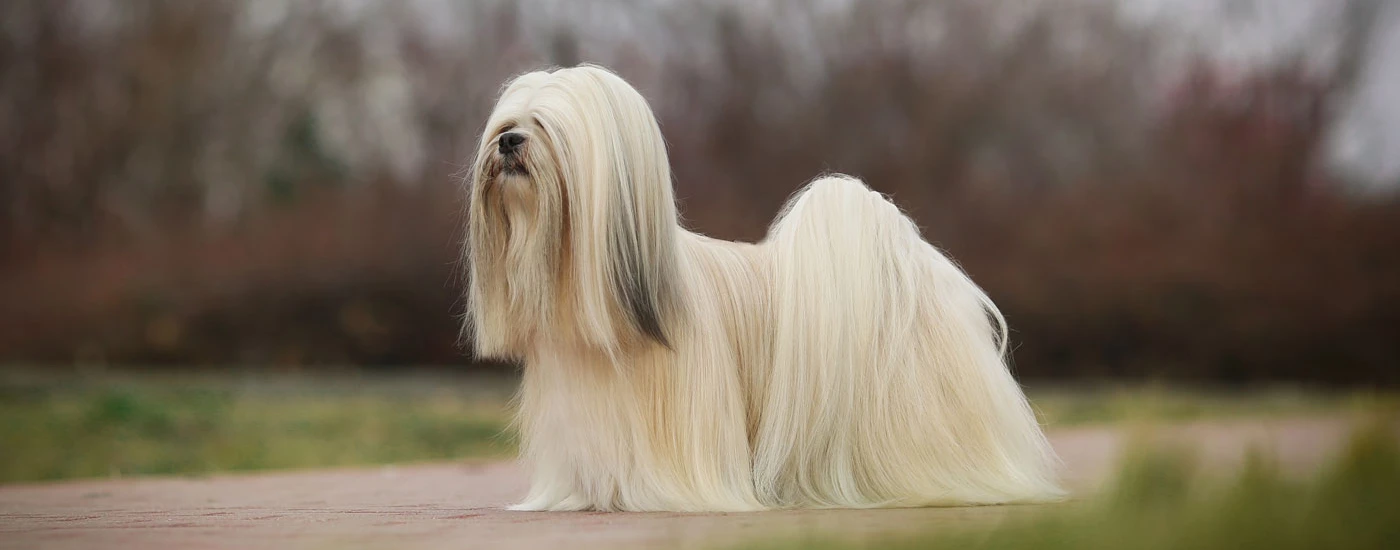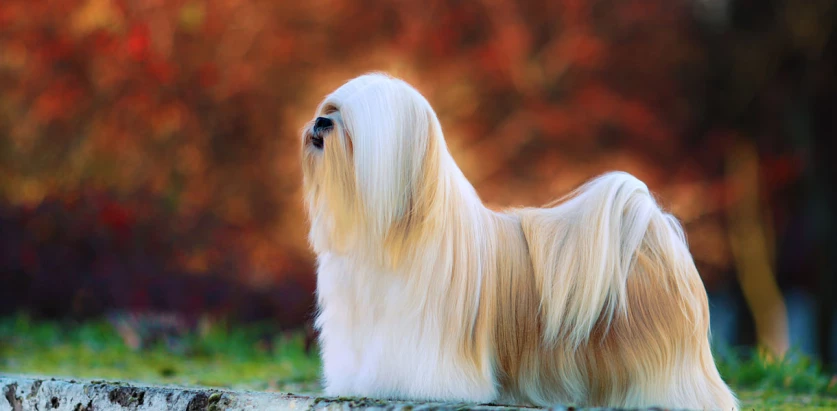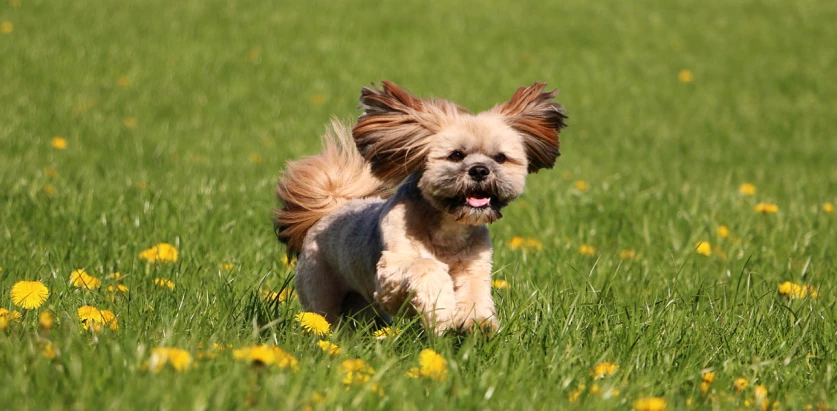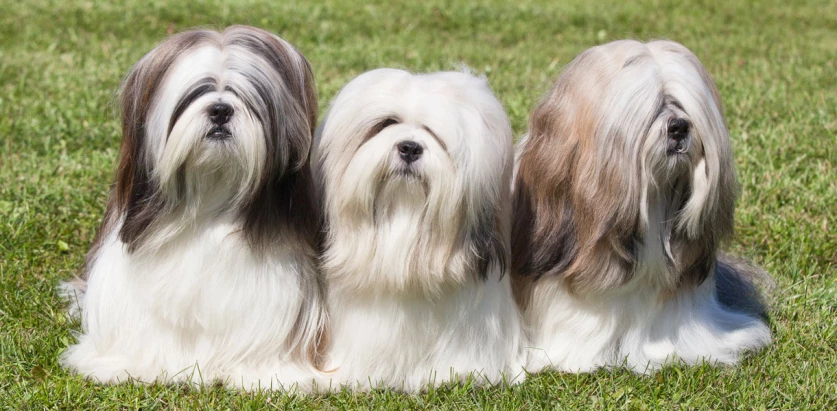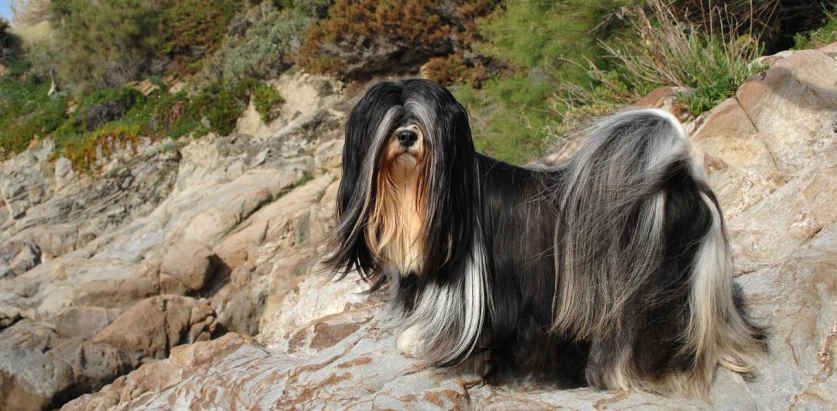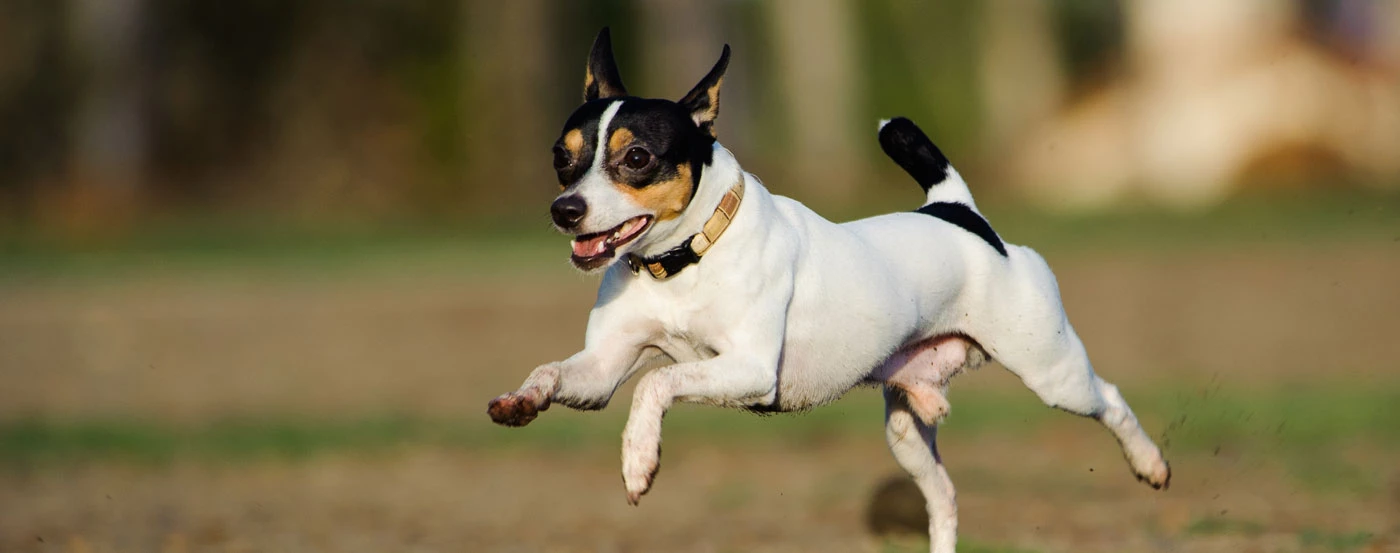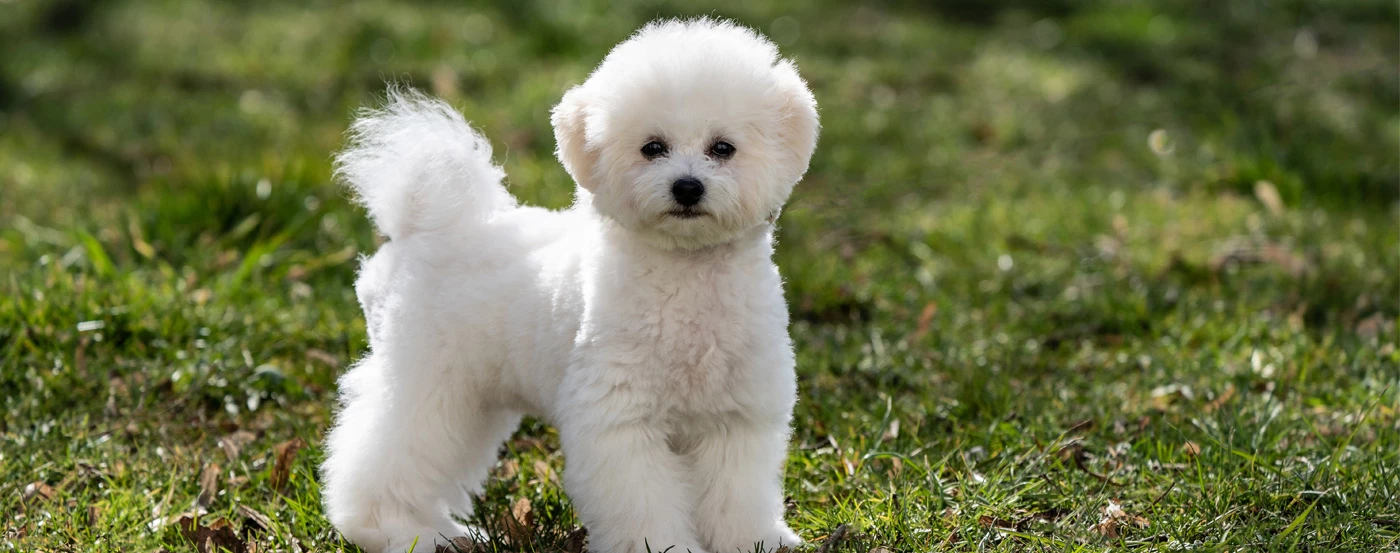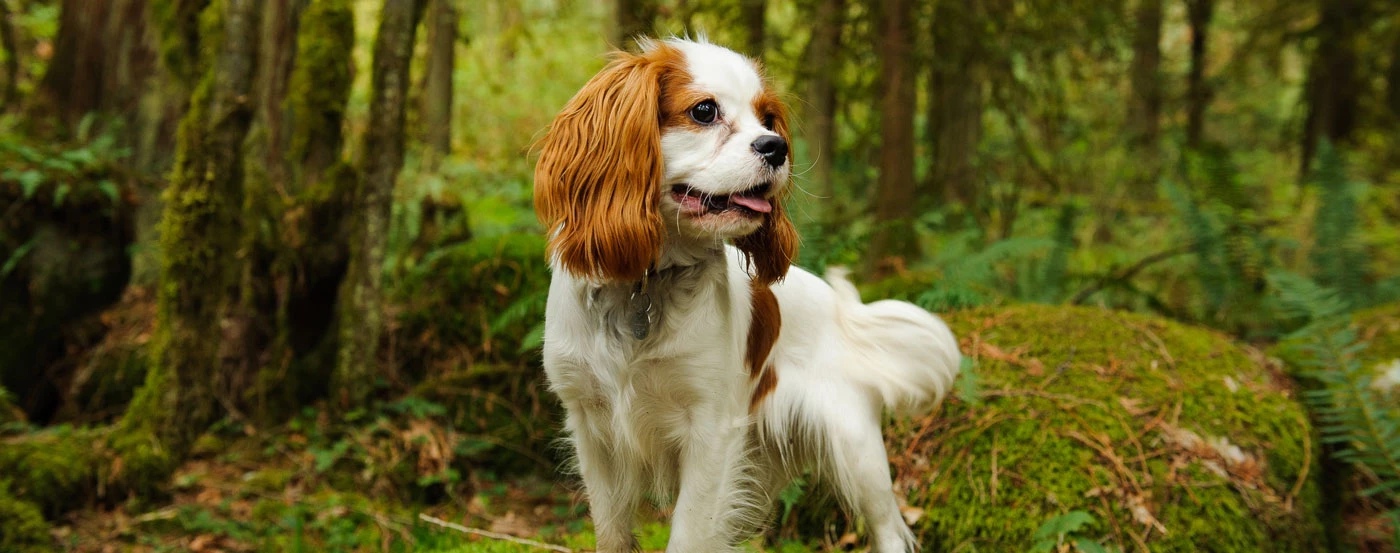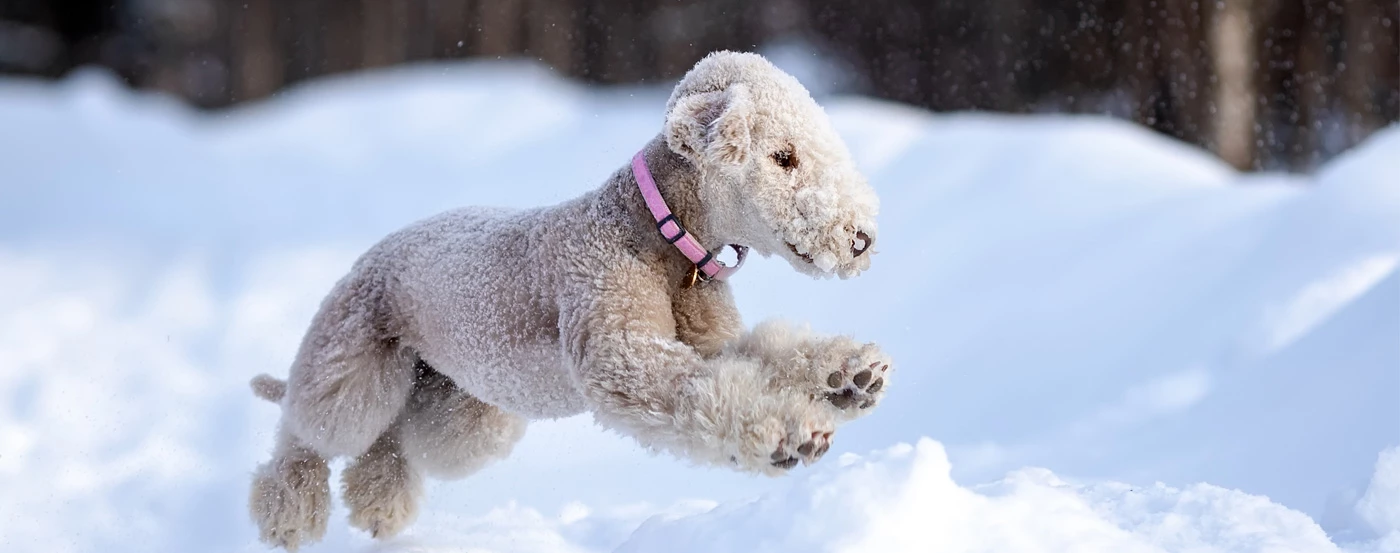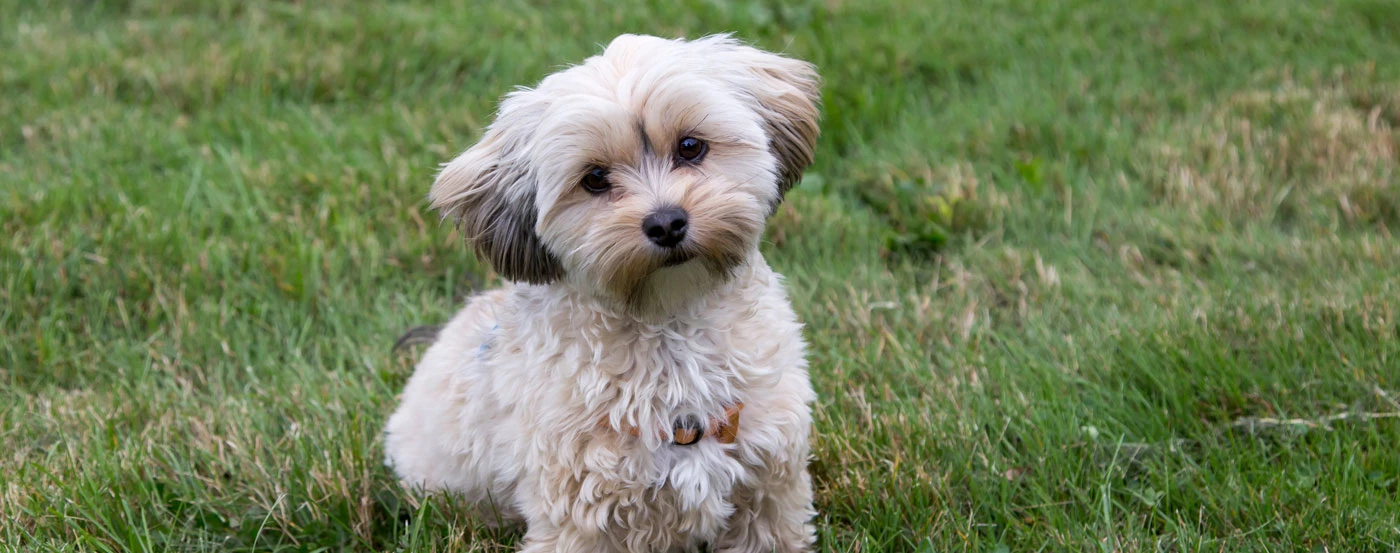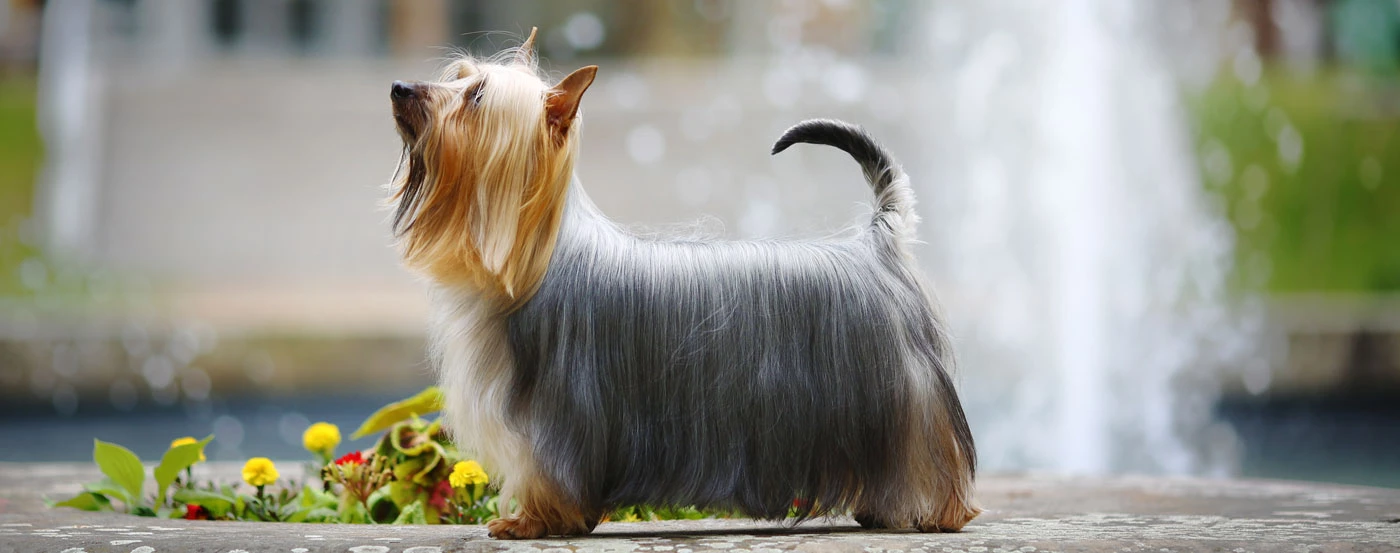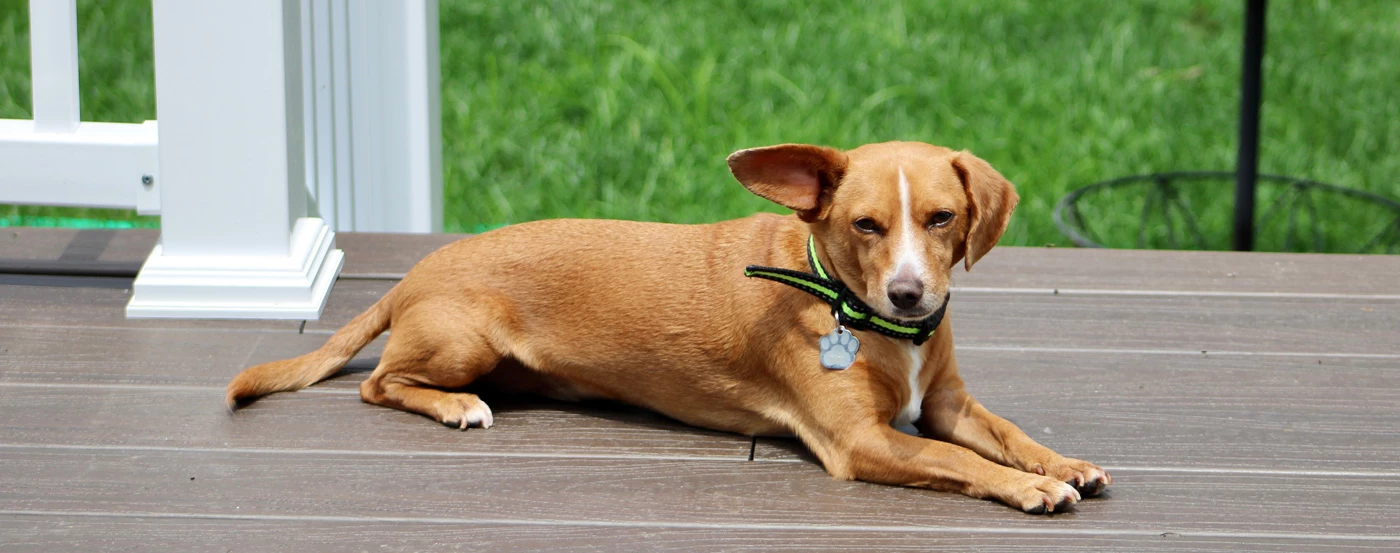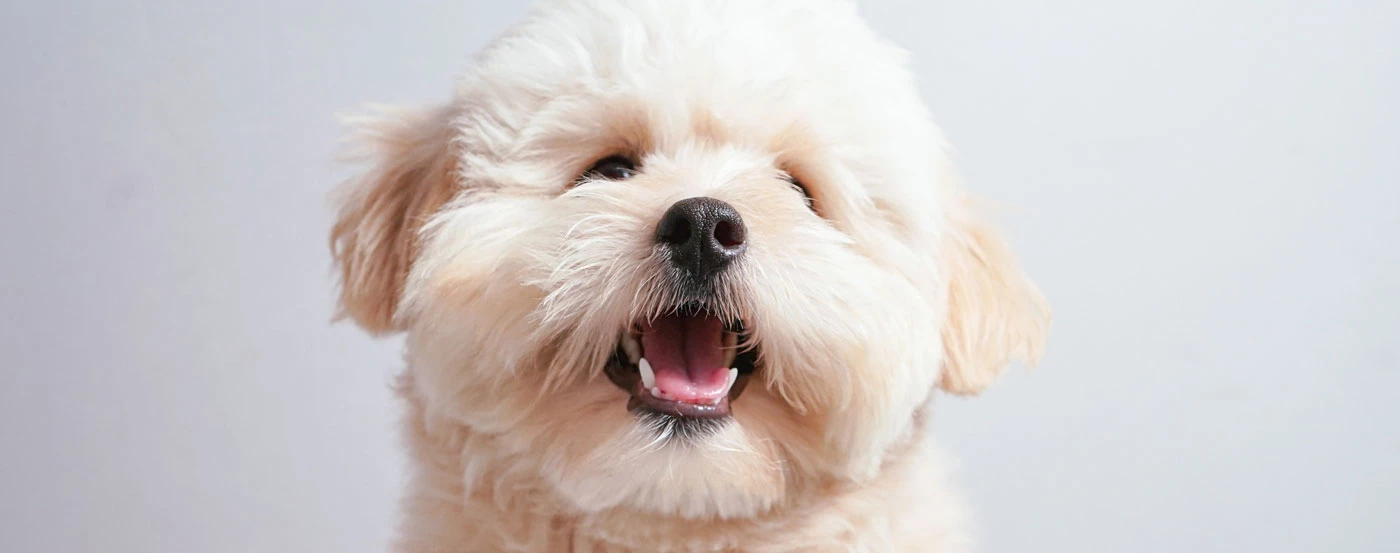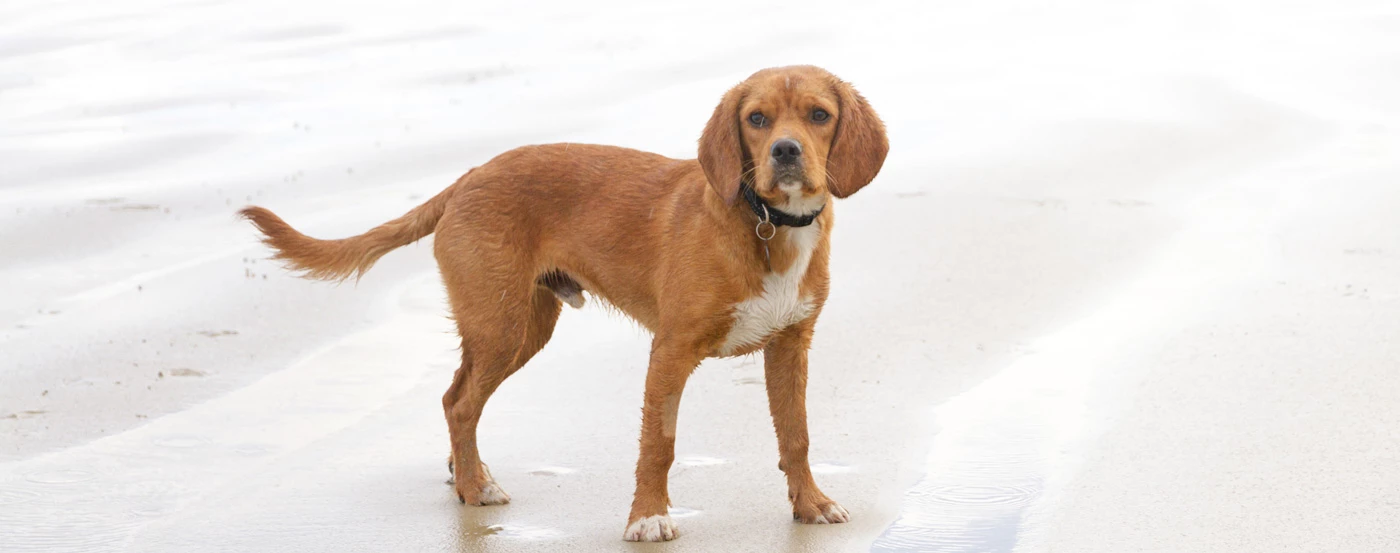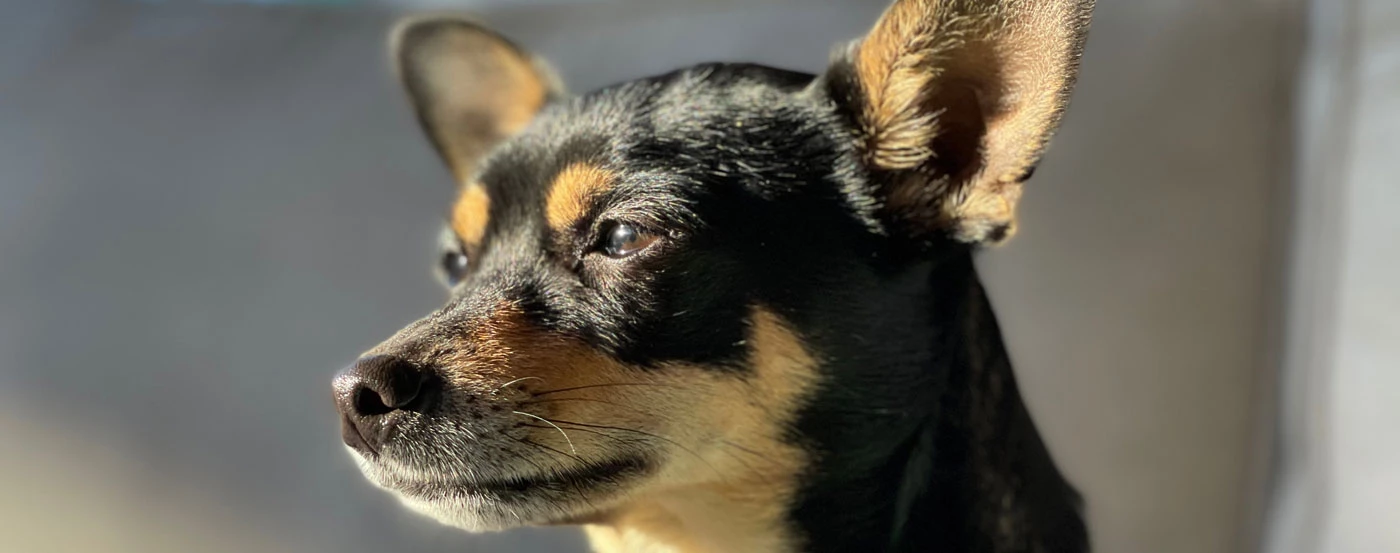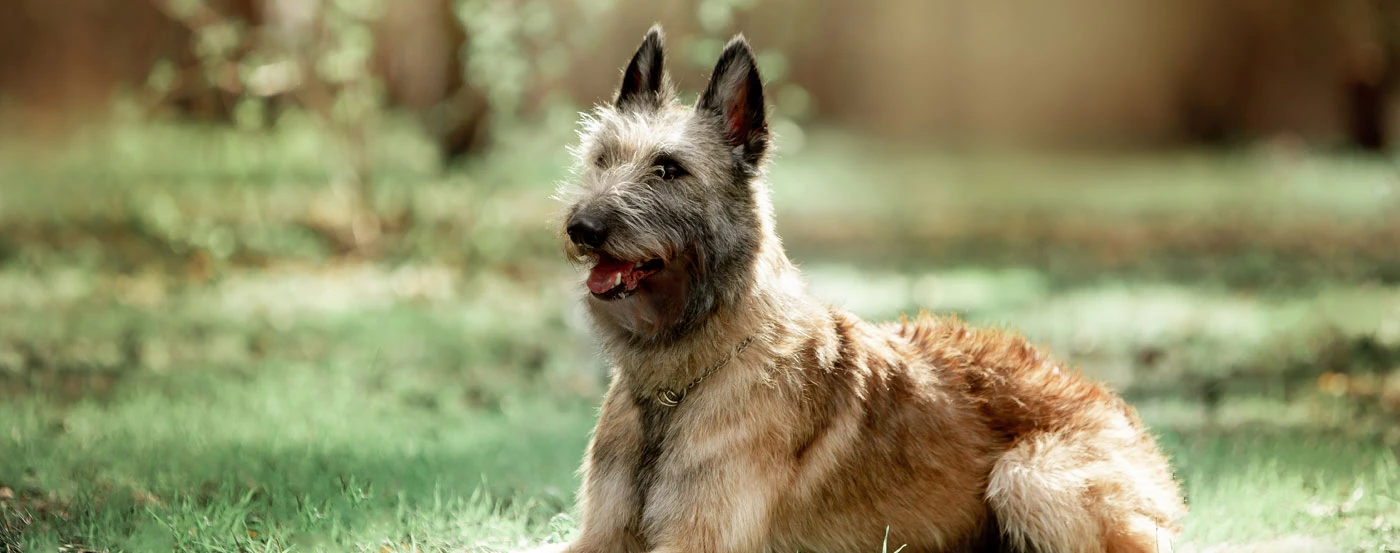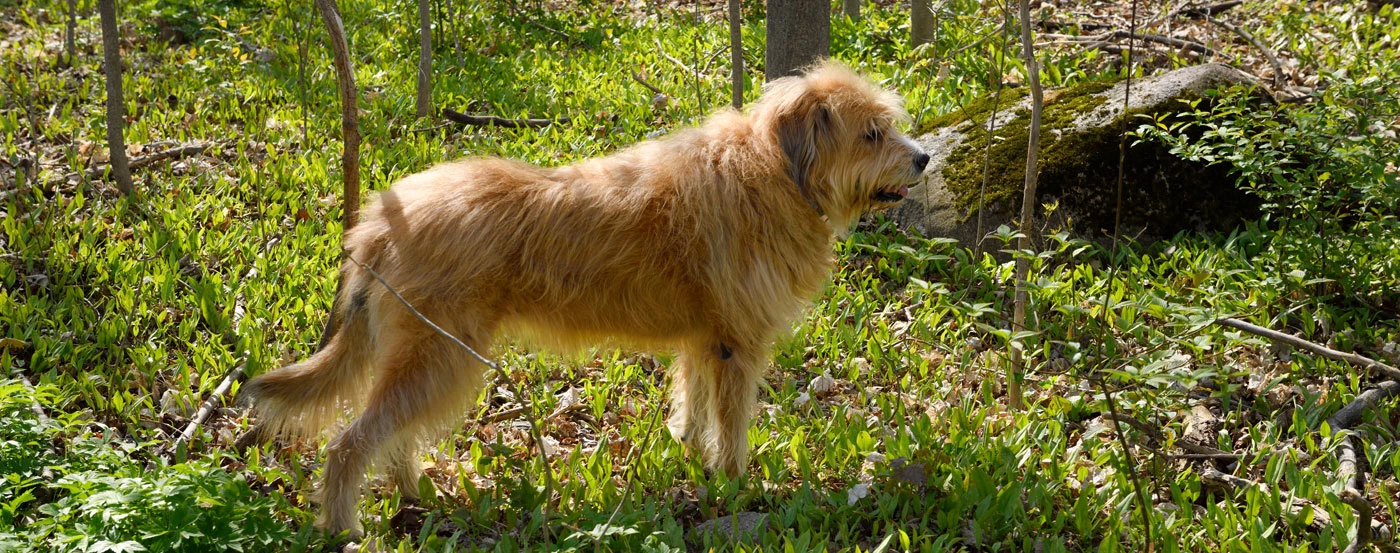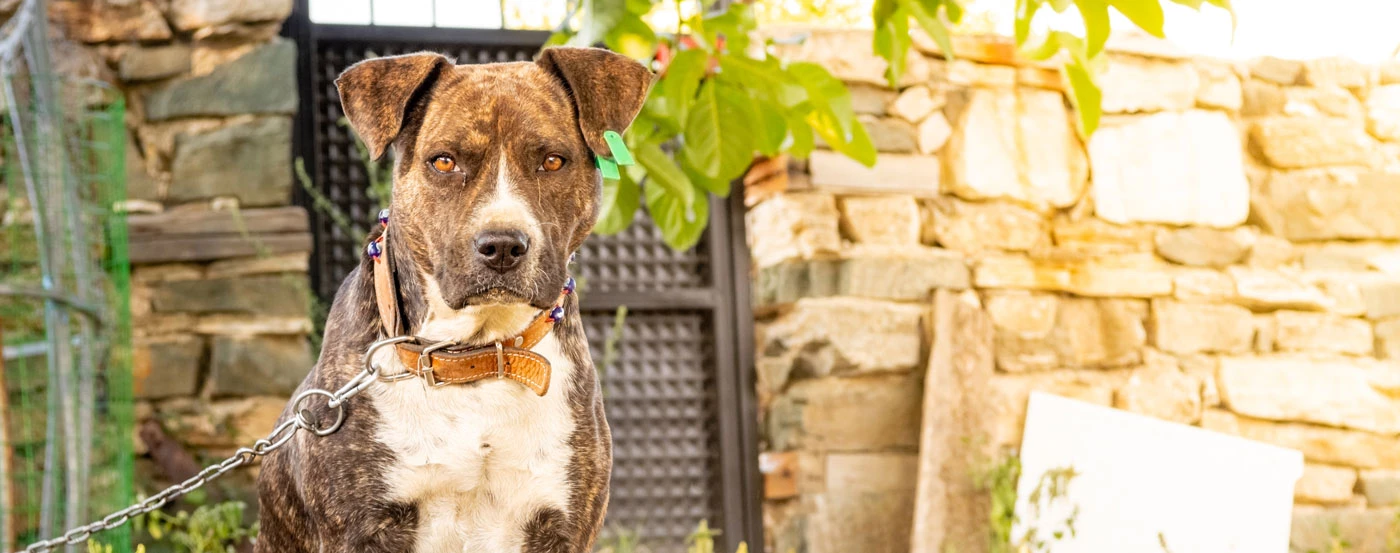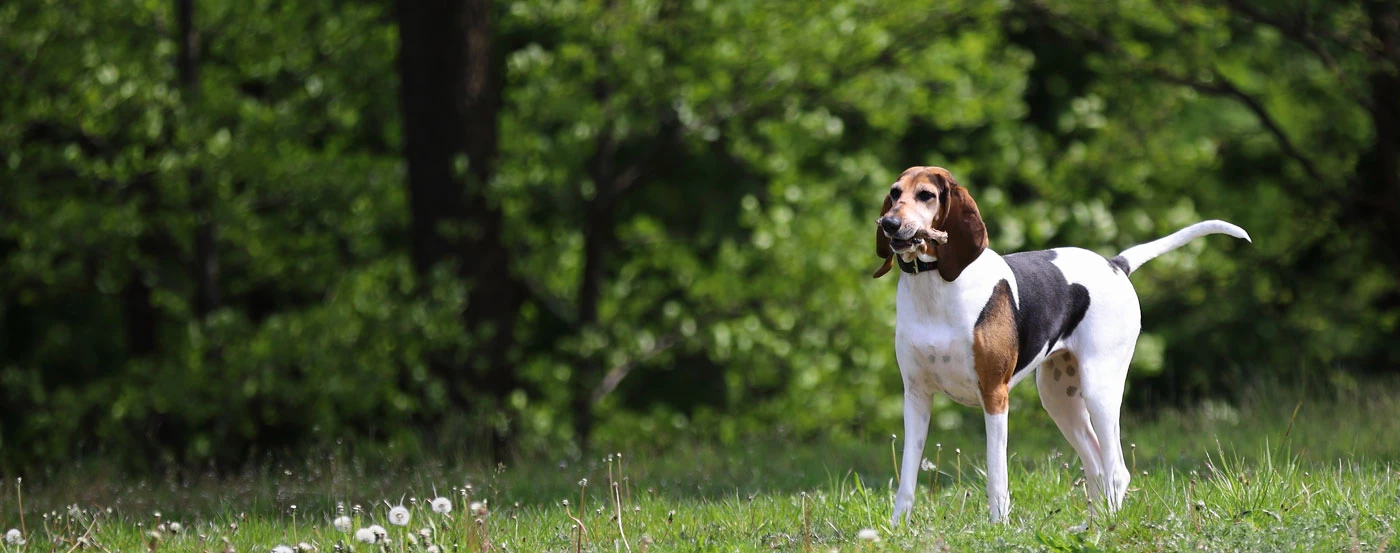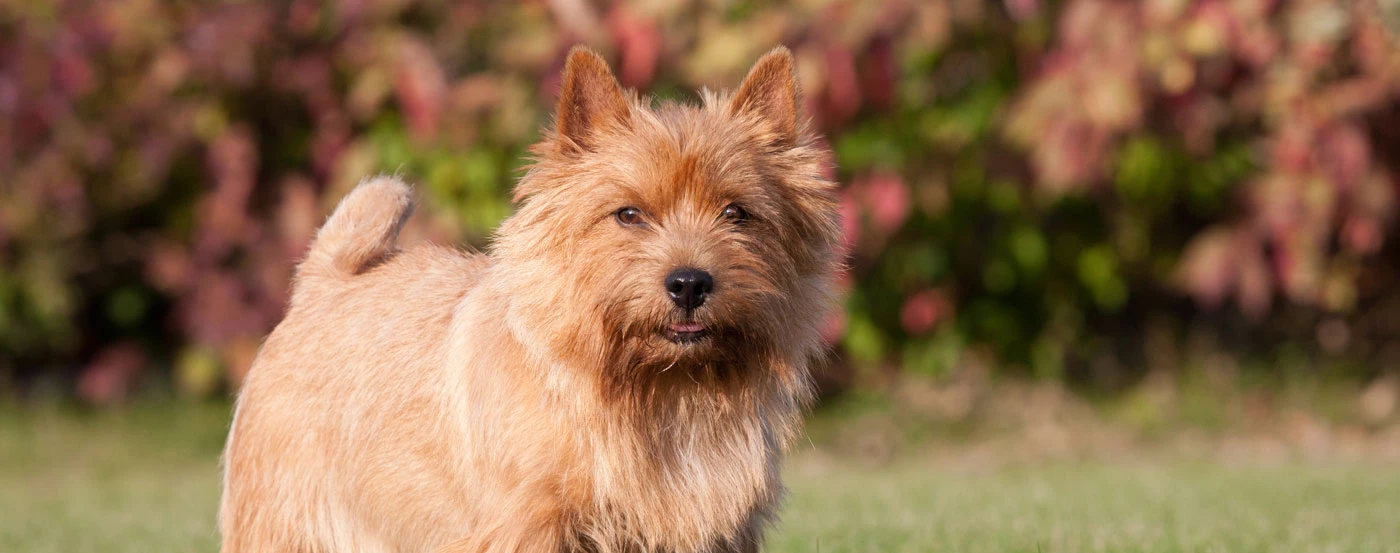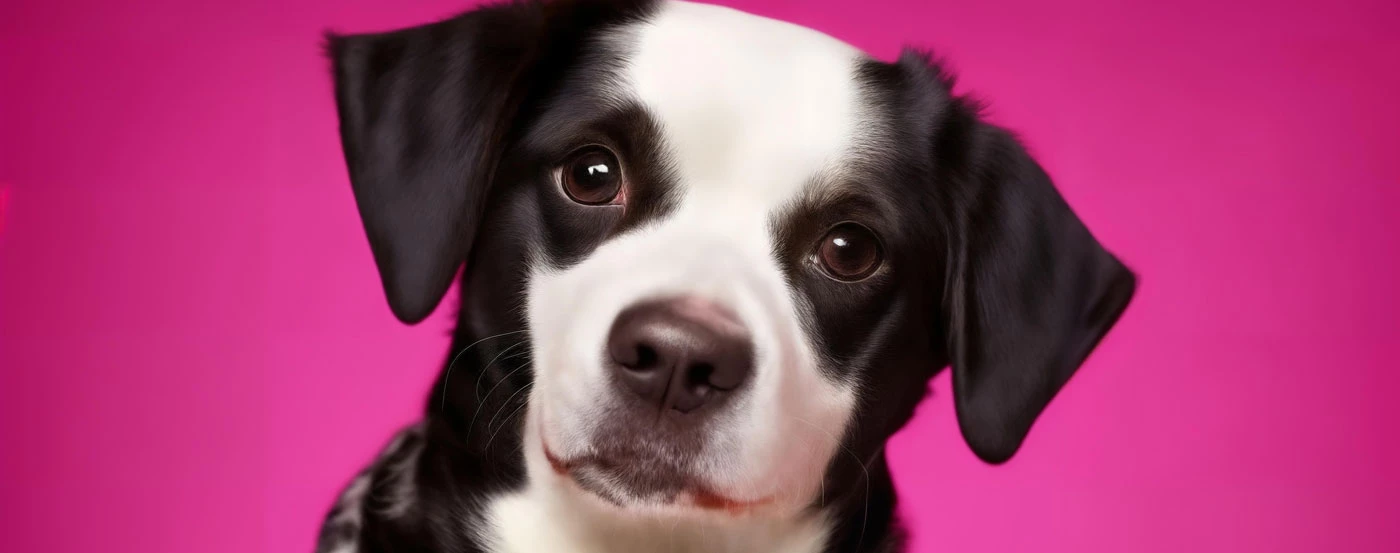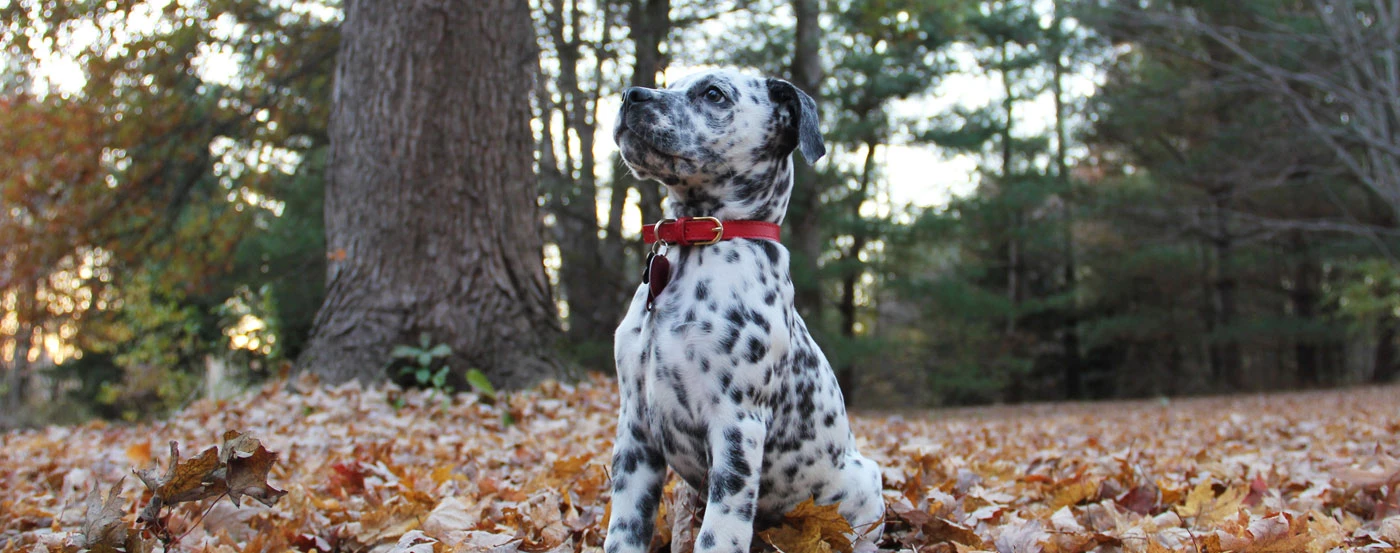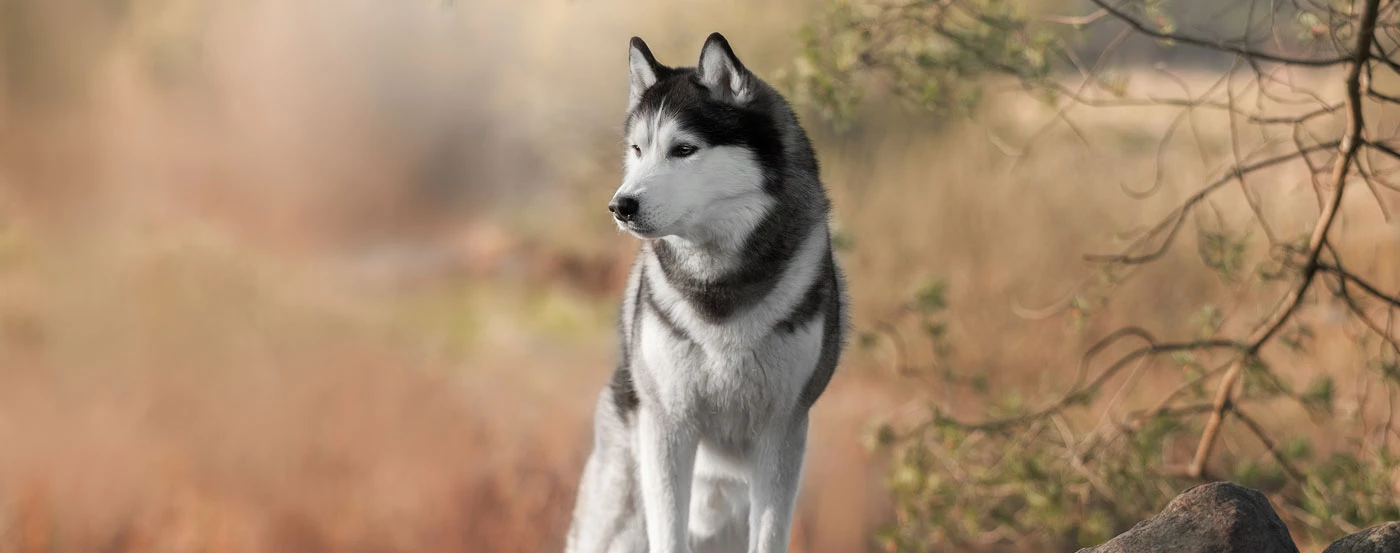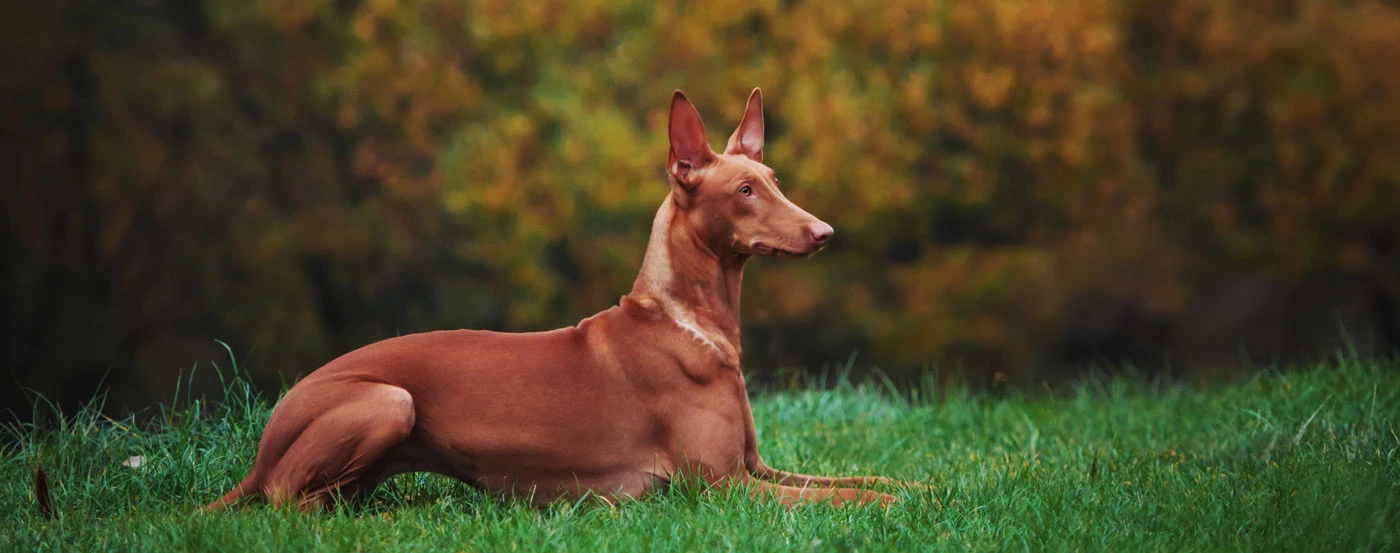About the Lhasa Apso
The Lhasa Apso dog breed has been around for centuries at this point and was a common fixture in Tibetan palaces. Now you are more likely to find one cuddled up on your couch.
If you're interested in finding out more about this once royal breed, you've come to the right place, as our comprehensive Lhasa Apso breed guide has all of the information you may need, including its royal origins, temperament, and grooming needs.
Lhasa Apso Gallery
What is the history & origin of the Lhasa Apso?
As previously mentioned, the breed hails from Tibet and came about through the Tibetan Terrier being selectively bred. In China and Tibet, the breed is known as Abso Seng Kye, which translates to Bark Lion Sentinel Dog in English.
The reason for their obscure name is due to what they were primarily used for in Tibet, as Lhasa Apsos formerly acted as watchdogs in Tibetan monasteries and palaces. The lion part of their name stems from Buddha being said to have power over lions, and many called the Lhasa Apso a lion dog owing to its bushy head of hair that looked like a mane.
Both the Shih Tzu and Pekingese dog breeds were mixed with Lhasa Apsos, as the dogs were frequently given as gifts to honoured guests, which allowed them to spread throughout China.
Tibetan priests known as Lamas also believed that they would be reincarnated as one of the dogs if they were unable to achieve Nirvana in their current lifetime. This belief is what caused them to treat the dogs as sacred.
The breed arrived in the U.S. back in 1933 after the Dalai Lama gifted a pair of Lhasa Apsos to an American world traveller and naturalist. He began to breed the pair, which led to the American Kennel Club accepting it as a breed in 1935.
Who are Lhasa Apso dogs best for?
Lhasa Apsos are excellent dogs for those who live in apartments as they are not very active, which also means that their exercise requirements are low.
While your Lhasa Apso would like nothing more than to be a couch potato, they can be prone to obesity, so owners should still take them for short walks once a day.
The breed's history as a watchdog means that they can sometimes be a bit apprehensive around strangers at first but are known for being lovable and affectionate towards their owners.
The breed gets on with other dogs, so you should not have any issues introducing one to your pack of other canine companions. Lhasa Apsos do; however, seem to think that they are much larger than they are and will attempt to claim the role of top dog regardless of how big your other dogs are.
The Lhasa Apso can become nippy if teased excessively or mishandled, so they are better for families with older children. They can also get along with other pets like cats if they are well socialised from a young age.
Lhasa Apsos also live exceptionally long for dogs, so prospective owners should know that they will need to be ready to commit to having a dog for a good few years!
How much grooming does a Lhasa Apso need?
While the breed does not need much exercise, they do need regular grooming. The Lhasa Apsos thick and long coat will need to be maintained through daily brushing and combing.
They will also need to be bathed once or twice a month, which is more than most other dogs. Prospective owners should know that they will likely need to dedicate some time every day to keep their dog's coat in check.
If this is not possible, then owners should consider using a professional groomer until they can manage the breed's grooming needs on their own.
Many owners often opt to cut their Lhasa Apso's coat short as this can greatly reduce the extensive grooming needs of the breed.
The breed does not shed all that much, which means those with allergies will generally do well with a Lhasa Apso.
Do Lhasa Apso bark much?
Lhasa Apsos can be prone to barking based on their watchdog backgrounds, and they will often let out a shrill alarm bark if they feel uneasy around a stranger or notice an intruder in your home.
The breed, therefore, requires training early on to show them when it is appropriate to bark or not; otherwise, they will bark at everything from other animals to any other random noise in your neighbourhood.
Do Lhasa Apso bite?
Lhasa Apsos can be known to be a bit nippy, but like other breeds, this mainly only occurs while they are still puppies.
If your puppy begins nipping or biting, you should train them to stop this behaviour by using positive reinforcement and treats.
They do not tolerate being teased or mishandled and will sometimes resort to biting if this is the case. Therefore prospective owners should not leave them unsupervised around small children and should teach them how to handle dogs.
What is the temperament & personality of a Lhasa Apso?
The Lhasa Apso has become a couch potato in the last 100 years that the breed has been around and will often love having human company.
They are generally playful, happy dogs that can remain puppylike until they are almost three years old, while some are almost perpetual puppies. They get on with other animals and dogs quite well but can be wary of strangers at first.
While they love human company, the breed is still very independent, and most of them don't mind being left alone for reasonably long amounts of time.
What is the weight & size of a Lhasa Apso?
The Lhasa Apso is one of the smaller dog breeds around as they only stand between 23 and 28cm tall. They also only weigh between 5.5 to 6.8kg when they are full grown.
How much training does a Lhasa Apso need?
Lhasa Apsos can be very independent as a result of them being bred as watchdogs. This means that they are not as easy to train or as obedient as some other breeds.
Novice owners should be aware of this, as potty training may take more time than with other breeds. This also means that those interested in competing in dog sports should probably look elsewhere, as the Lhasa Apso has a mind of its own.
The breed should begin training as early as possible as this will provide owners with the most success.
What are some of the most common health issues for a Lhasa Apso?
The Lhasa Apso is generally a healthy dog breed, but like many other dogs, it is predisposed to some specific health conditions such as:
Cherry eye
Patellar Luxation
Allergies
Sebaceous Adenitis
Keratoconjunctivitis Sicca
Progressive Retinal Atrophy
Familial Inherited Renal Dysplasia
What is the lifespan of a Lhasa Apso?
Lhasa Apsos generally live for a very long time. The current record for the oldest living example was 29 years old!
Most Lhasa Apsos will normally live anywhere from 12 to 20 years, which is an incredibly long time for a dog. It is also something prospective owners should consider as you may end up having your dog around a lot longer than you expected to.
How much should you feed a Lhasa Apso?
Lhasa Apsos are small dogs and therefore only need around three quarters to one cup of dry dog food per day. This should also be split into two meals to discourage them from gobbling it all up in one go!
The breed can be prone to becoming obese, so owners should watch how much food they give them and also provide them with some light exercise a few times a week.
What is the price of a Lhasa Apso in Australia?
A Lhasa Apso puppy will normally cost you between $2500 to $3500. It is important to make sure that the breed you choose is registered with a national breed club to make sure the dog is not from a puppy farm. Responsible breeders will screen for hip dysplasia.
You could also opt to rescue an adult dog for much cheaper at a rescue organisation - you can still find purebred dogs in this way.
Pros
- Good watchdog
- Perfectly sized for apartments
- Can be left alone for reasonable amounts of time
Cons
- Not an exercise partner
- Can be stubborn and independent
- High grooming needs
